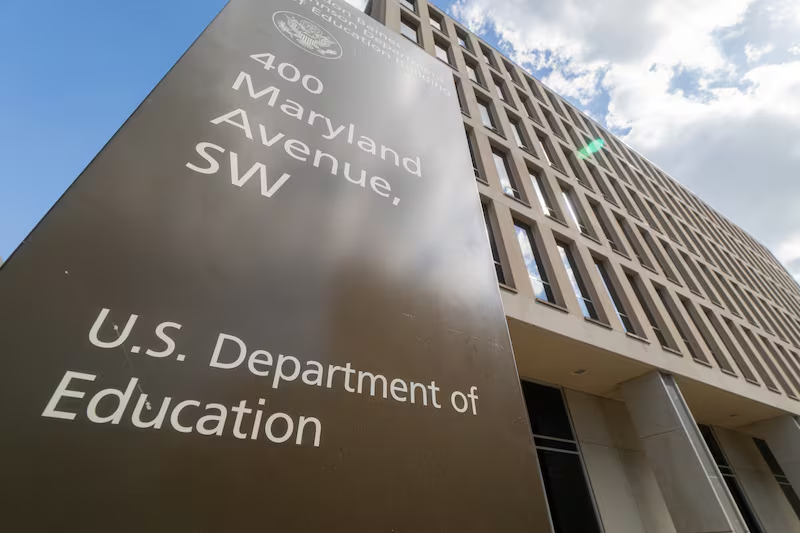The potential dissolution of the U.S. Department of Education has become a hot-button issue in American politics, with significant implications for millions of students, educators, and institutions nationwide. As recent proposals gain traction, understanding the potential impact of this dramatic shift in educational policy is more crucial than ever.
The Department’s Current Role and Impact
Since its establishment in 1979 under President Jimmy Carter’s administration, the Department of Education has served as the cornerstone of federal involvement in education. In 2023, the department managed an impressive $114.1 billion in financial aid, supporting over 9.7 million college students. This massive undertaking represents just one facet of its comprehensive responsibilities.
The department’s reach extends far beyond financial aid, encompassing crucial areas such as:
- Title I funding for low-income schools
- Civil rights protection in educational institutions
- Special education oversight through IDEA
- Comprehensive educational data collection and research
The Push for Abolishment: Understanding the Arguments
Recent developments have brought this debate back into the spotlight. In November 2023, Senator Mike Rounds introduced legislation to disband the department, reflecting a growing movement that advocates for greater state and local control over education.
Supporters of abolishment argue that federal oversight creates unnecessary bureaucracy and limits educational innovation. They point to the Constitution’s silence on federal involvement in education as evidence that this authority should rest with states and local communities.
Potential Impacts on K-12 Education
The dissolution of the Department of Education would fundamentally reshape K-12 education in America. Title I funding, which provided $15.6 billion to schools serving low-income populations in 2022, would likely transform into state-managed block grants. This shift raises concerns about consistent fund distribution and accountability.
Special education services, currently protected under IDEA, could face significant changes. The federal government’s 12-13% contribution to special education funding would need alternative management, potentially affecting service quality and accessibility for students with disabilities.
Higher Education Considerations
The impact on higher education could be equally substantial. Federal student aid programs, including Pell Grants and work-study opportunities, might transfer to the Treasury Department or private entities. While Pell Grants enjoy bipartisan support and would likely continue, the administration of other financial aid programs could face disruption.
Looking Ahead: Challenges and Considerations
The feasibility of abolishing the Department of Education remains uncertain. Congressional approval would be required – a significant hurdle given the current political landscape. Even within the Republican Party, consensus remains elusive, particularly as rural communities often rely heavily on federal support.
Recent polling from the Pew Research Center reveals stark partisan divisions: 64% of Republicans view the department unfavorably, while 62% of Democrats support it. This polarization reflects deeper ideological differences about government’s role in education.
The Bottom Line
Whether the Department of Education faces abolishment or continues its current role, the debate highlights crucial questions about educational governance in America. As stakeholders consider various proposals, balancing local control with national standards and equity remains a central challenge.
The future of American education hangs in the balance, with potential changes that could affect generations of students. As this discussion evolves, maintaining focus on student success and educational equity must remain paramount, regardless of the administrative structure that ultimately prevails.











